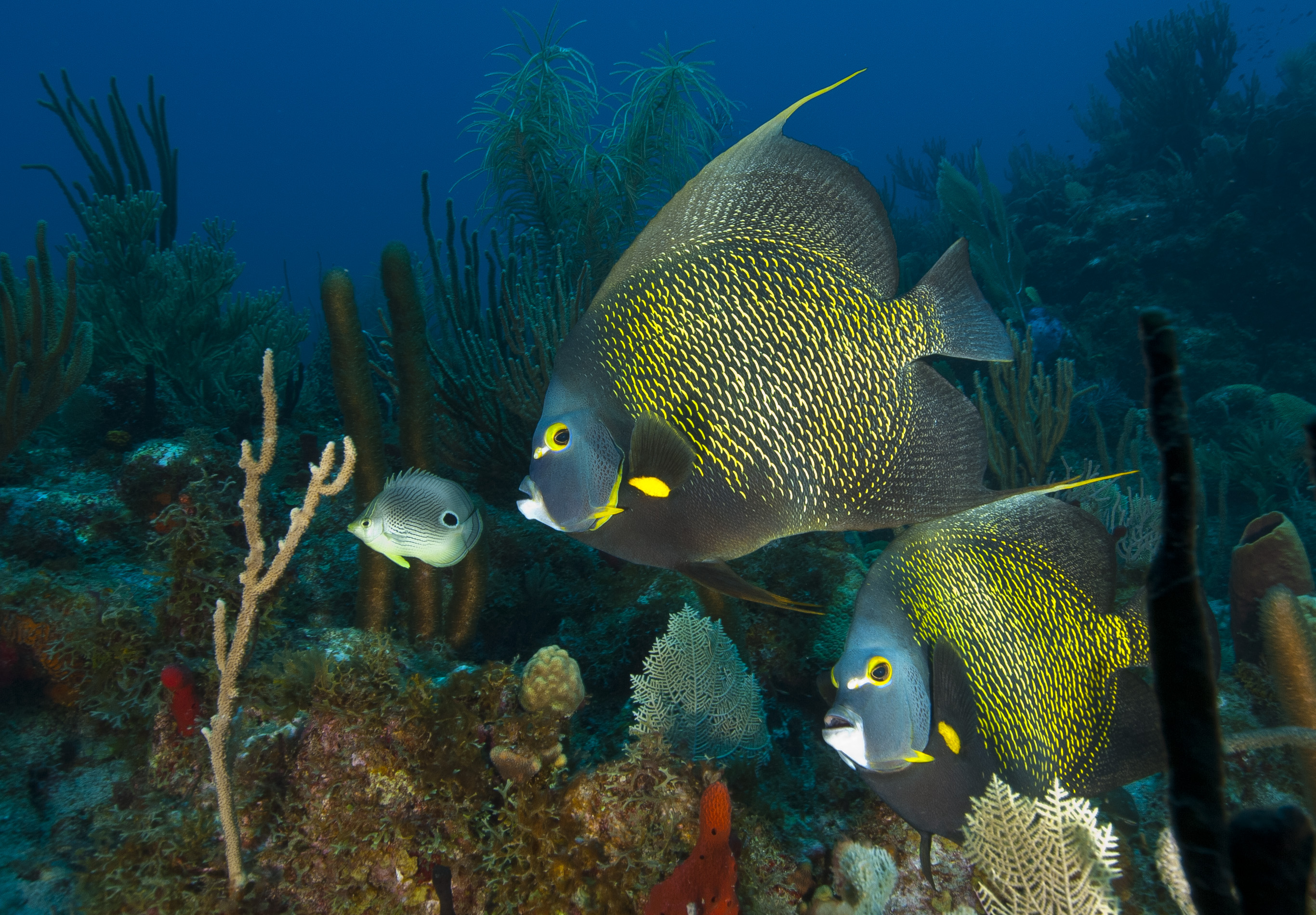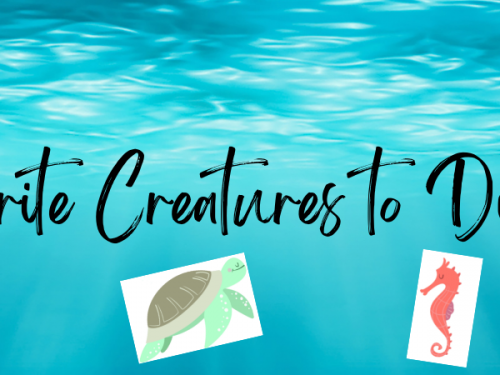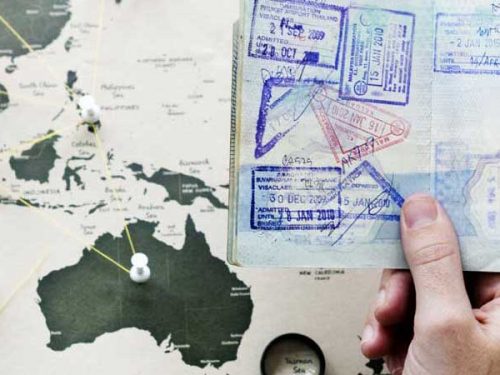 One of the least touristy islands in the Caribbean, St. Eustatia (affectionately called Statia) is simply gorgeous both above and below the surface. Lush scenery, friendly locals and dive sites that will take your breath away make this an up-and-coming destination, particularly among the scuba diving community. Visit and you’ll find yourself wondering why it’s taken you so long to discover this Caribbean paradise.
One of the least touristy islands in the Caribbean, St. Eustatia (affectionately called Statia) is simply gorgeous both above and below the surface. Lush scenery, friendly locals and dive sites that will take your breath away make this an up-and-coming destination, particularly among the scuba diving community. Visit and you’ll find yourself wondering why it’s taken you so long to discover this Caribbean paradise.
While Statia is an incredibly beautiful island, it’s not a beach destination. Instead, this small outpost in the Caribbean would be described as verdant. St Eustatius is covered in tropical forests with rocky shores, giving the impression that the island’s main volcano continues to drop into the depths of the sea. And that’s absolutely the case. The amazing diving around Statia can be characterized by lava formations covered in corals and marine life. There are impressive walls and remnants of the island’s long history hidden beneath the waves.
This 21 square kilometres Dutch municipality is located near Saint Kitts but can be more easily reached via Sint Maarten.
8 Interesting Facts for Traveling to St. Eustatius
 The dominating feature of St. Eustatius is the now dormant volcano known as the Quill. Volcanologists claim Statia’s volcano is one of the most perfectly formed specimens in the world. Today, the mountainous structure is preserved by the local national park system, and one of the most popular tourist activities is climbing the volcano. On the way up, you’ll notice several ecosystems, including the dense forest surviving in the crater. In addition, you might spot the endangered Lesser Antillean Iguana.
The dominating feature of St. Eustatius is the now dormant volcano known as the Quill. Volcanologists claim Statia’s volcano is one of the most perfectly formed specimens in the world. Today, the mountainous structure is preserved by the local national park system, and one of the most popular tourist activities is climbing the volcano. On the way up, you’ll notice several ecosystems, including the dense forest surviving in the crater. In addition, you might spot the endangered Lesser Antillean Iguana.- Like so many other Caribbean islands, Statia has a fascinating history. The island switched between the British, French and Dutch several times before becoming a more permanent Dutch territory. The location of the island, as well as the natural port, meant trade boomed during the 18th century. Between 1775 and 1800, over 3000 merchant ships visited St. Eustatius. Evidence of this economic activity is still evident at dive sites like Anchor Point, Blue Bead Hole and Double Wreck, where you can spot historic artifacts.
- Another fascinating piece of Statia history came along in 1776. The tiny island became one of the first territories to recognize the independence of the United States. Much of the local island economy of that time depended on the arms trade. So, when American revolutionaries arrived looking to purchase guns and ammunition, Statia complied, firing off the first salute as the American ship entered the harbor carrying a copy of the Declaration of Independence and flying the continental colors. Unfortunately, a backlash from the United Kingdom was swift and a decrease in trade from England led to the economic decline of Sint Eustatius.
- For hundreds of years, Statia was a part of the Dutch Antilles. However, the island becomes a special municipality of the Netherlands in 2010 along with Bonaire and Saba.
- At 327 feet, Charles Brown is one of the largest wrecks in the Caribbean. The former cable laying ship was purposely sunk in 2003 as an artificial reef. She now lays on her side, creating a home for barracuda and huge schools of jack. Local operators praise the dive as spectacular, especially on approach.
 Every year, between March and November, sea turtles lay their eggs on the beaches of Statia. Leatherback, hawksbill and green sea turtles have all been known to make their nests on this Caribbean Island. Statia is also home to the Sea Turtle Conservation Program, which works to protect the nests.
Every year, between March and November, sea turtles lay their eggs on the beaches of Statia. Leatherback, hawksbill and green sea turtles have all been known to make their nests on this Caribbean Island. Statia is also home to the Sea Turtle Conservation Program, which works to protect the nests.- The most famous bit of diving lore from St. Eustatius is the presence of blue beads. These glass beads were Statia’s currency in the 17th century, and the Dutch East India Company used the beads in the trade of slaves, rum and tobacco. Even now, divers spot the beads on the sandy sea floor, particularly after a big storm hits the island. Legend has it, though, that the beads find you rather than the other way around. And if one finds you, you’ll be lucky enough to visit Statia again and again. It’s also important to note that the blue beads are the only artifacts allowed to leave the island.
- Eustatius is rare in its commitment to the underwater world. The tourism board urges visitors to leave no trace behind, and the St. Eustatius National Parks Foundation (STENAPA) takes particular care of the marine environment. To prevent any damage, the government has regulated that anchoring at any of the dive sites is prohibited and only one boat is allowed at a dive spot at any given time.
Ready to dive into St. Eustatius? Click here to read more about this Caribbean island.
If this gorgeous place sounds like paradise to you, we’d be more than happy to help arrange your next scuba diving trip. Click “request a quote” or get in contact via phone or email today.







